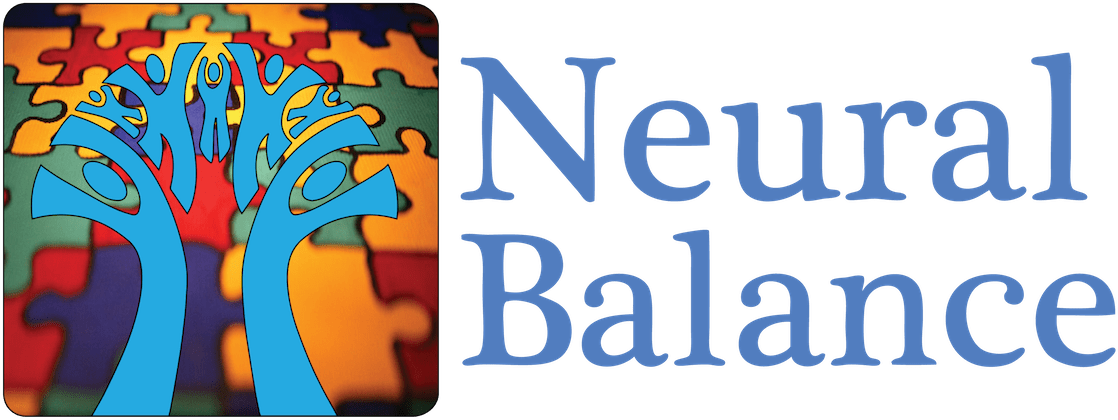One of the joys of parenting is getting to communicate with your child as they grow, learn, and bond with you. For some, autism, adhd and other developmental issues can create roadblocks with this process due to difficulties in the areas of verbal communication and language. Sometimes this issue can be bypassed through different routes of visual communication.
Often, when a person has challenges with language and abstract concepts, they may thrive with processing visual information. Whether a child is verbal or not, visual communication may help your child understand his or her surroundings better, create stronger relationships, and help with expressing needs and desires. Visual supports can also aid in the development of language over time.
As with most developmental strategies, beginning as early as possible is helpful. Start with the very basics, such as sorting and matching items, then move to concepts such as pointing and other gestures meant to express needs or wants.
Once these concepts are achieved it becomes possible to use symbols and gestures to aid in communication. Remember, even if the child is verbal, these strategies are still very helpful. These strategies can include picture cards, color cards that represent emotions, interacting with a picture book, creating a visual calendar with a schedule, and incorporating visual stimulation in their play.
Since these strategies and devices will become a crucial aspect of everyday communication, it is important to make sure they are portable, durable, and easily accessible. Use laminated cards, create backups on your electronic devices, and make sure they can fit in your wallets, purses, and backpacks.
Most importantly, pay careful attention to your child’s interests. Use these interests to connect with him or her visually. If your child loves space, create a space-themed calendar. If your child’s favorite color is blue, create picture cards with blue borders. In the same way, you would try to connect with a friend’s interests by talking about it in conversation, look for ways to connect with your child’s interests by visual means.
This sort of communication will certainly take adjustments to get used to. Keep thinking out of the box, and look for new ways visually connect with your child.
Introducing Neural Balance Parent Portal:
If you catch yourself struggling, don’t beat yourself up. Parenting is demanding work and you will need to have grace for yourself at times. Keep pressing forward, and hold on to the lessons you gather along the way. If you have some lessons that you’d like to share, our Neural Balance Parent’s Portal is a great way to tell your story and help other parents along the way. If you’d like to submit a story, blog or tip, visit https://www.neuralbalance.com/parent-portal/ for submission info.
